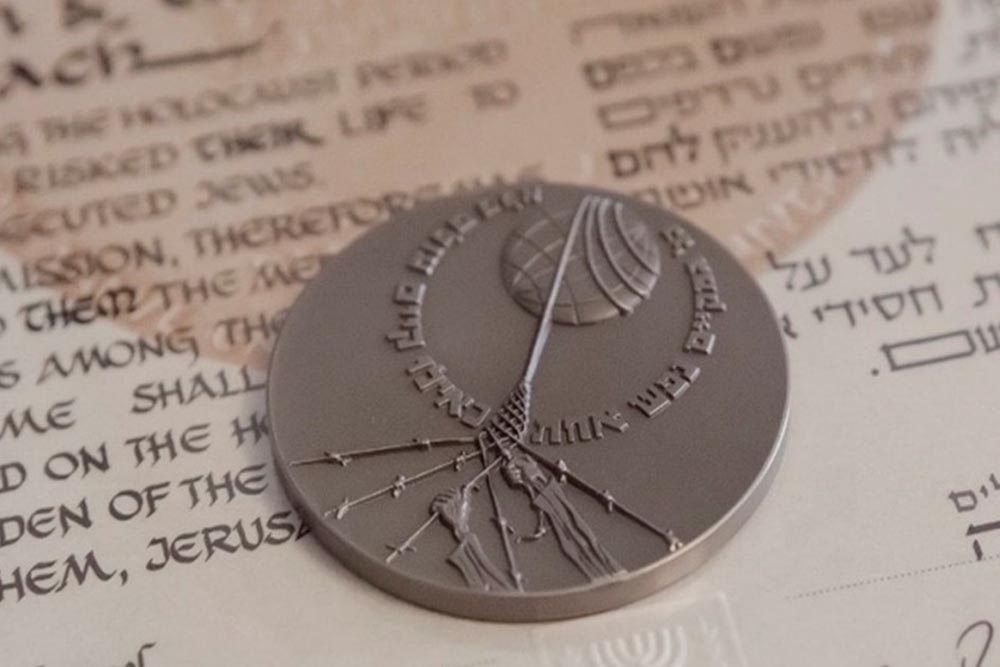Bank of Portraits / Boius Vasylyna

Boius Vasylyna
During the war, Vasylyna Boius lived in the village of Rosishky in the Kyiv region. One day, an 18-year-old Jewish girl from the city of Uman appeared on the doorstep of her house. She called herself Buzia Leibovych and asked for help. She said that she had been a prisoner of several labor camps for Jews. Her parents and sister were killed by the Nazis, but she was lucky enough to escape from the camp.
Buzia's native city of Uman was occupied by the Wehrmacht on August 1, 1941. An area for a ghetto was immediately designated, a camp for Soviet prisoners of war and occupation control bodies were created. By the beginning of the war, about 9 thousand Jews remained in the district center. The Nazi strategy was based on intimidating the Jewish community and forming a structure for supervision and destruction.
The most massive execution was carried out in mid-September 1941 in the Sukhyi Yar tract: over 1 thousand people were killed there.
A terrible crime was also committed in April 1942. Then about 1 thousand Jewish children aged 3 to 10 years old were transported to the Uman ghetto. Later, the Nazis took them to the Herezheniv Forest and shot them there. All the bodies were thrown into previously prepared pits.
Valentyna Boius was moved by the fate of the Jewish girl, as she was the mother of three daughters herself. She named her Dunia and hid her in her house until the end of the occupation of the region in March 1944.
After the war, Buzia Leibovych emigrated to the United States, but never forgot her savior.
In 1997, Yad Vashem recognized Valentyna Boius as Righteous Among the Nations.
Svitlana Demchenko
Kyiv
The National Museum of the History of Ukraine in the Second World War
-
fingerprintArtefacts
-
theatersVideo
-
subjectLibrary

